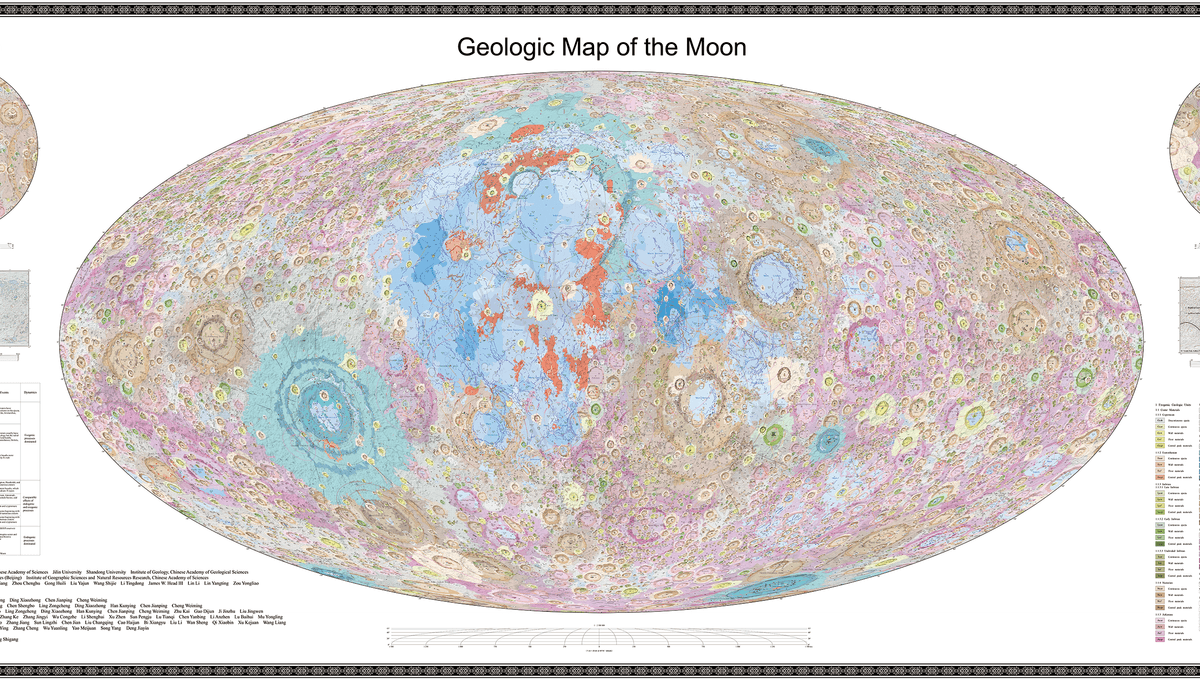Summary: Researchers discovered that observers can easily discern the intentions of others shaking gift boxes. In their study, participants could quickly identify whether the box shaker was trying to determine the number or shape of items inside.
This research demonstrates a previously underexplored aspect of human cognition: the ability to understand others’ investigative actions. The study showcases how subtle differences in actions can reveal much about underlying intentions, especially in common scenarios like guessing holiday gifts.
Key Facts:
- Observers in the study could accurately guess if someone shaking a box was trying to figure out the quantity or shape of its contents.
- The research reveals the human ability to interpret investigative actions of others.
- This study is the first of its kind to show people’s capacity to discern others’ learning objectives just by observing their actions.
Source: Johns Hopkins University
As holidays near, people are sneaking shakes of their presents to try to figure out what they’re getting. But present shakers might be a little less sly than they think. New research shows it’s incredibly easy for people watching others shake boxes to tell what they’re up to.
“There are few things more delightful than seeing a child’s eyes light up as they pick up a present and wonder what might be inside,” said author Chaz Firestone, a Johns Hopkins University assistant professor of psychological and brain sciences who investigates how vision and thought interact.
“What our work shows is that your mind is able to track the information they are seeking. Just as they might be able to tell what’s inside the box by shaking it around, you can tell what they are trying to figure out when they shake it.”
In a series of experiments, the researchers asked hundreds of people to watch others shake boxes. It took just seconds for most of them to know whether the box shaker was trying to learn either how many things were in the box or the shape of things in the box.
Although the boxes weren’t presents, and the contents weren’t smart watches, Legos or Red Ryder BB guns, if they were, the results would have been exactly the same, the researchers say.
“The way you would shake a present to find out if it’s one thing or many things, or if it’s a small thing versus a big thing, can be subtly different,” said lead author Sholei Croom, a Johns Hopkins graduate student. “But people are amazing at picking up on such subtleties.”
The deceptively simple work by Johns Hopkins University perception researchers is the first to demonstrate that people can tell what others are trying to learn just by watching their actions.
The work, newly published just in time for the holidays in the journal Proceedings of the National Academy of Sciences, reveals a key, yet neglected, aspect of human cognition.
“When we present this work we always talk about Christmas presents,” Firestone said. “It’s the perfect real-life example of our experiment.”
About this cognition and psychology research news
Author: Jill Rosen
Source: Johns Hopkins University
Contact: Jill Rosen – Johns Hopkins University
Image: The image is credited to Neuroscience News
Original Research: Open access.
“Seeing and understanding epistemic actions” by Chaz Firestone et al. PNAS
Abstract
Seeing and understanding epistemic actions
Many actions have instrumental aims, in which we move our bodies to achieve a physical outcome in the environment. However, we also perform actions with epistemic aims, in which we move our bodies to acquire information and learn about the world.
A large literature on action recognition investigates how observers represent and understand the former class of actions; but what about the latter class? Can one person tell, just by observing another person’s movements, what they are trying to learn? Here, five experiments explore epistemic action understanding.
We filmed volunteers playing a “physics game” consisting of two rounds: Players shook an opaque box and attempted to determine i) the number of objects hidden inside, or ii) the shape of the objects inside. Then, independent subjects watched these videos and were asked to determine which videos came from which round: Who was shaking for number and who was shaking for shape?
Across several variations, observers successfully determined what an actor was trying to learn, based only on their actions (i.e., how they shook the box)—even when the box’s contents were identical across rounds.
These results demonstrate that humans can infer epistemic intent from physical behaviors, adding a new dimension to research on action understanding.

Sarah Carter is a health and wellness expert residing in the UK. With a background in healthcare, she offers evidence-based advice on fitness, nutrition, and mental well-being, promoting healthier living for readers.








